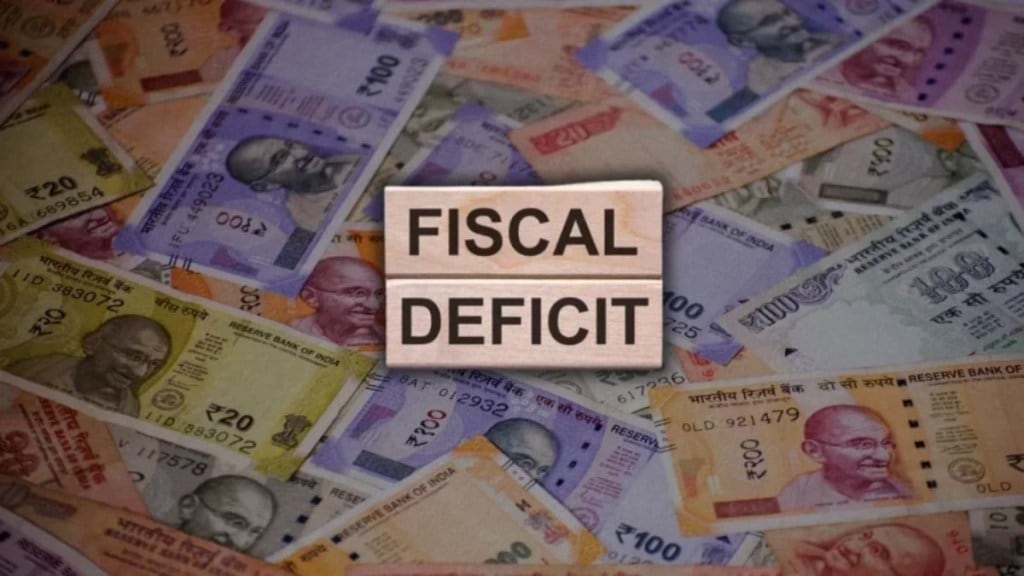The Centre’s fiscal deficit widened to 52.6% of the annual target in the first seven months of 2025-26, compared with 46.5% of the respective target in the year-ago period, owing to higher capex growth while net tax revenues continued to contract.
The fiscal deficit in April-October of FY26 stood at Rs 8.25 lakh crore compared with Rs 7.5 lakh crore in the year-ago period.
Capex surges, but net tax revenues contract
During the period under review, capex rose by 32% on year to Rs 6.18 lakh crore or 55.1% of the annual target as against 42% of the relevant target achieved in the year-ago period. With the frontloading of capex, it could contract about 14% in the remaining five months yet meet the annual target of Rs 11.2 lakh crore.
On the other hand, the Centre’s next tax receipts contracted by 2.4% to 12.74 lakh crore, partly due to the income tax relief given in the Budget and frontloading of tax devolutions to states.
Net tax revenues need to grow by 31% in November-March to meet the annual target of Rs 28.73 lakh crore, which is a daunting task.
The gross tax revenue (GTR) during the period grew by just 4% on year in April-October 2025, amid a 6.9% rise in income tax collections, and a subdued 5.2% growth in corporate tax collections. The rise in indirect tax collections was quite weak at just 2.6% in April-October FY26, amid a 2.5% contraction in customs duties and a 6-8% growth in Central GST and excise duty collections.
ICRA’s Outlook
ICRA is apprehensive that gross tax revenues will undershoot the budgeted target of Rs 42.7 lakh crore by about Rs. 1.2-1.5 lakh crore. This would be partly offset by the expected overshooting of about Rs. 0.5 lakh crore in non-tax revenues, on account of the higher-than-budgeted RBI surplus transfer to the Centre.
The Centre’s non-interest non-subsidy revenue expenditure has declined by 6.4% during April-October FY26, which implies that this needs to expand by a high 28% during the last five months of the fiscal to meet the FY26 BE. This is unlikely and could lead to sizeable savings, which would offset the shortfall on the receipts side.
“Overall, we believe that higher-than-budgeted non-tax revenues would absorb a part of the shortfall on the taxes front,” ICRA chief economist Aditi Nayar said.
On the expenditure side, while there could be some additional allocation towards the fertiliser subsidy and any supplementary demand for grants, if announced, this would be offset by the expenditure savings of various ministries, in line with the typical trend seen during a fiscal.
“Consequently, we do not expect a material fiscal slippage at the current juncture,” Nayar added.
The centre has estimated to bring down the fiscal deficit to 4.4% of GDP in FY26 from 4.8% in FY25. Besides tax revenue challenges, the ratio is also facing headwinds from a lower nominal GDP size than estimated in the budget.

